Paroma Sadhana
In the free online course (Re)Imagining Port Cities: Understanding Space, Society and Culture, which ran between May 26 and July 7, 2021, learners made a portfolio addressing the spaces, stakeholders, transitions, values, and challenges of a port city territory they chose. We challenged the learners to reflect on their learning in a portfolio and invited them to present their findings in a blog. Over the coming months, we will be posting some of the results. Paroma Sadhana writes about the complicated relationship between Mumbai/Bombay’s port and city.
When I think about the port city of Bombay* – a city that was my home for a decade – the most vivid visual that comes to mind is the Marine Drive promenade with the tetrapods that buffer the reclaimed land along the western coast, joggers and lovers dotting the sea-side, and fishing naus (boats) that can be seen far into the sea. This picture also includes the single-screen cinema theatres with their unique facades that became urban landmarks. Bombay’s film industry is as synonymous with the city as the Arabian Sea. Part of the city’s colonial heritage, the Gateway of India, where tourists and residents throng on any given Sunday, springs to mind too. Ironically, it is the port infrastructure of docks and ships that I can’t imagine, as these spaces are completely cut off from public view. They lie on the less-developed eastern side of the city, which does not benefit from romantic sunsets or evening sea breezes.
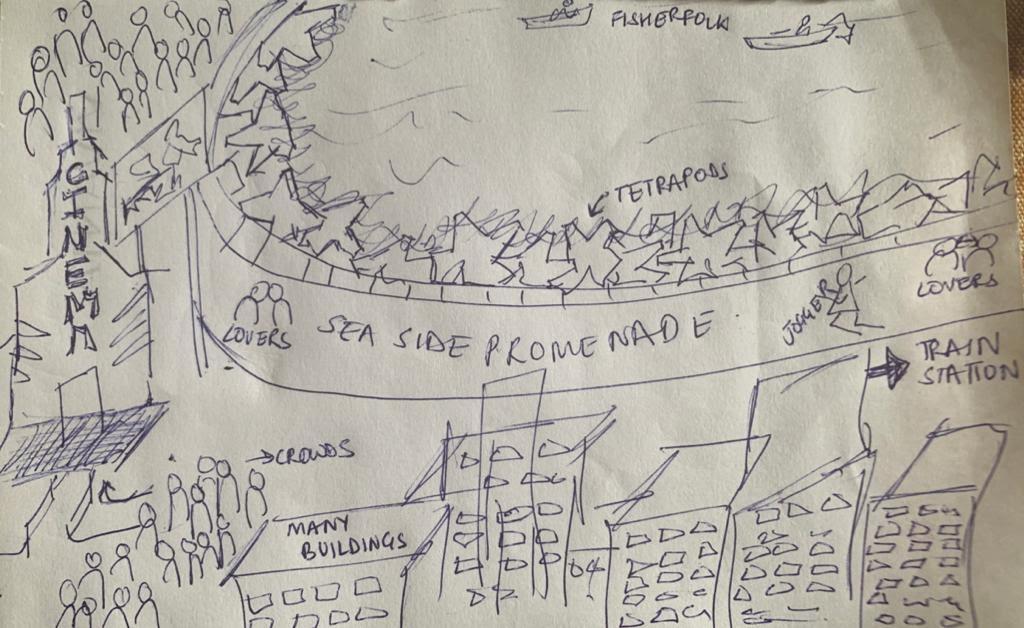
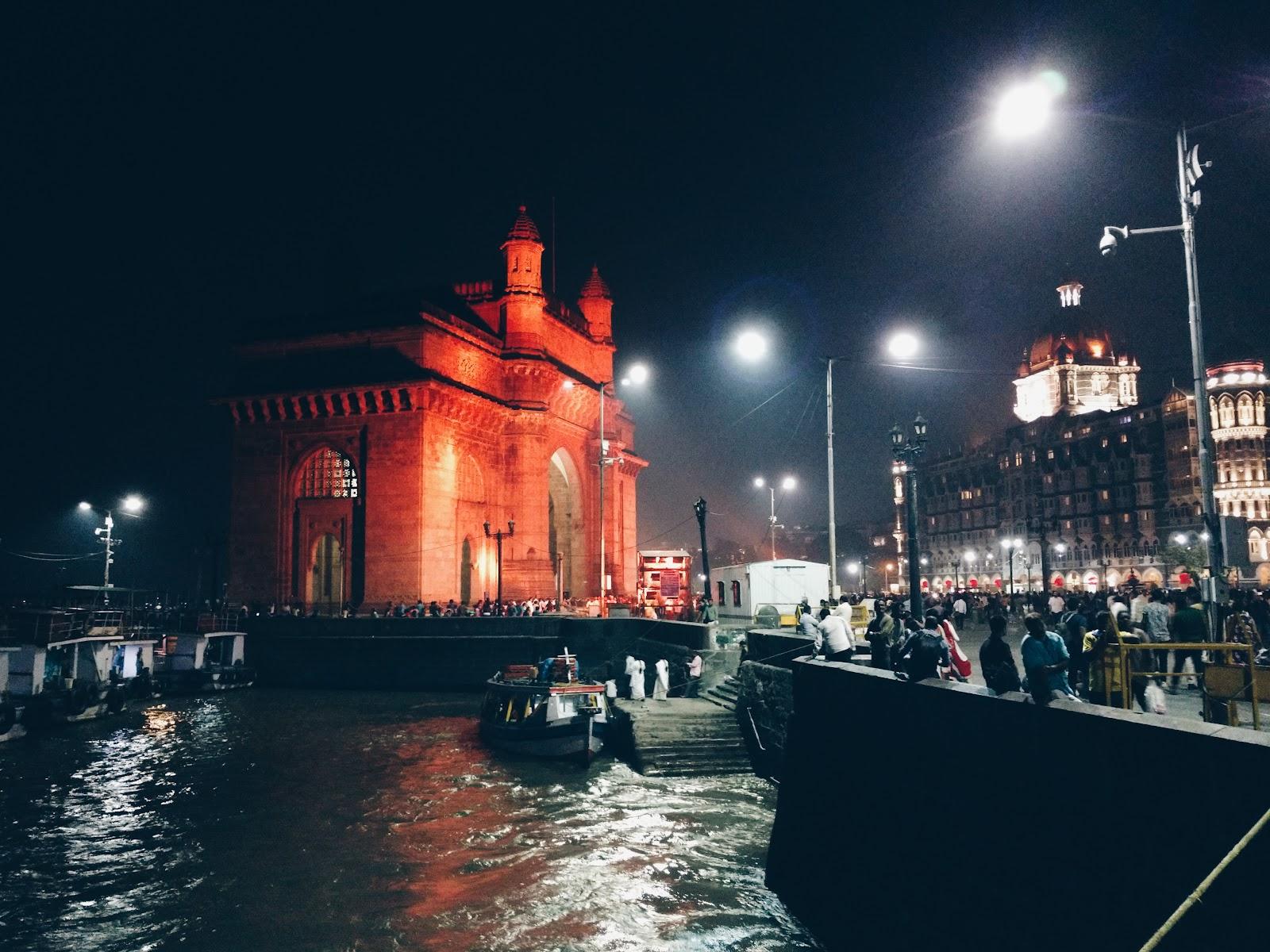
While the port may be hidden visually, the Bombay Port Trust (BPT) is well known in the city. It controls large swathes of land on the eastern side of the city where the earliest docks were built. The people working at the docks, however, remain invisible. The mill workers, on the other hand, are well-integrated into the city’s recent history. Textile mills and the cotton trade proliferated in the city as a consequence of the American Civil War. Clustered together in the Parel district of the city, the mills and mill workers’ housing complexes testify to the city's industrial heritage. When the Great Textile Mill strike of 1982 led to the closure of the mills, the workers and their families were abandoned by both the private industrialists and the government. The textile trade unions in Bombay were among the strongest in the country and they remain banded to this day, demanding visibility and their right to housing and dignity. The mill district and workers feature in popular culture like cinema as well as the heritage discourse even today.
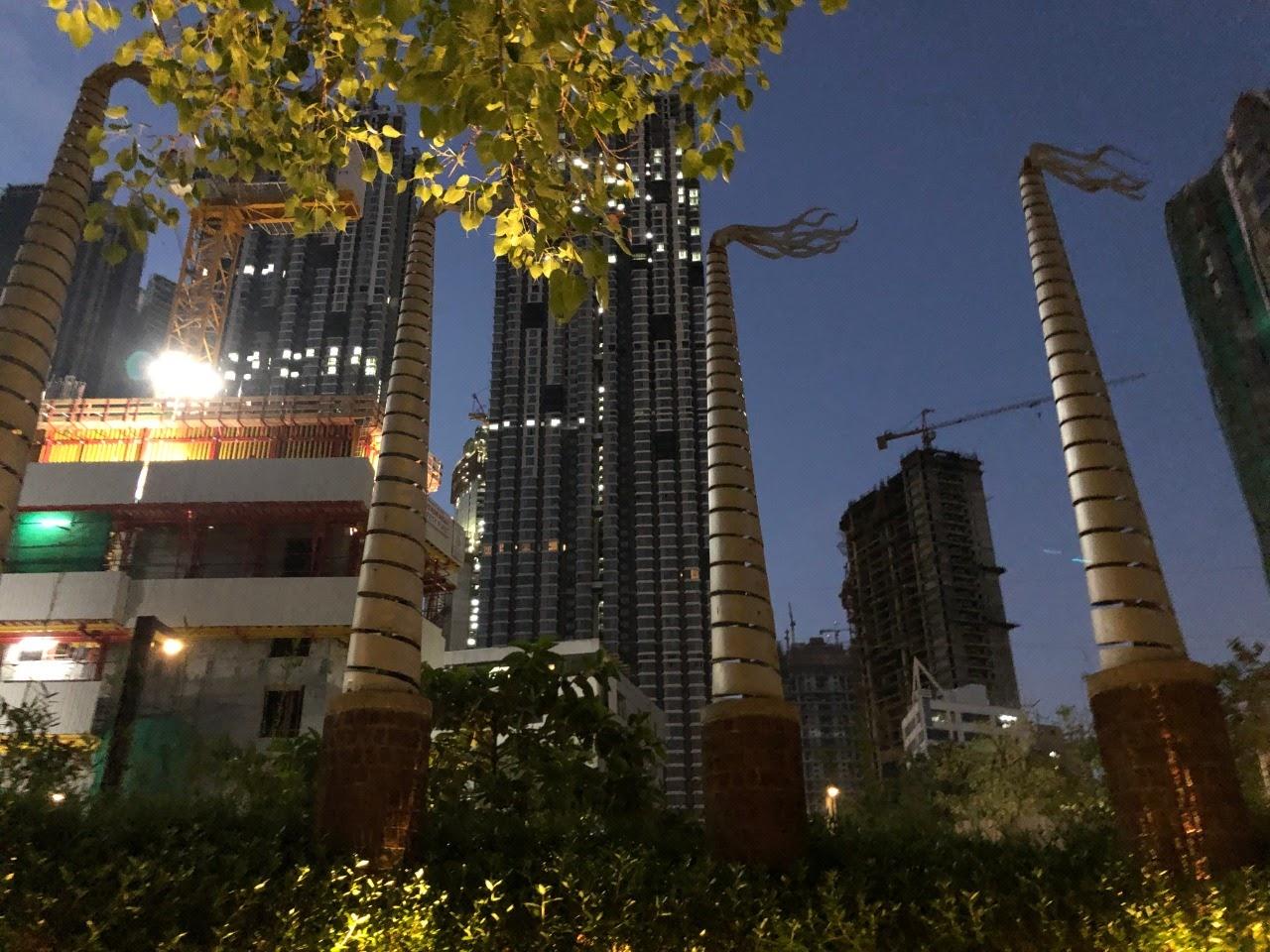
As the working-class neighbourhood of the city, the mill district is also inhabited by dock workers. Their long, if less well-documented, record of unionised struggles, has made indelible impacts on Bombay and beyond. These include participating in the freedom movement of the 1930s and 1940s that led to Independence in 1947, as well as showing solidarity with comrades across the seas: the dock workers boycotted British goods imported into Bombay as well as Zanzibar cloves that, having been subjected to British legislation, made Indian clove growers redundant in Zanzibar, and they supported the Indonesian movement for freedom from Dutch rule (Ojha 2015). There is no doubt that dock workers have been and continue to be integral stakeholders in the port city, but their lack of visibility within the cityscape speaks volumes about who controls the narrative.
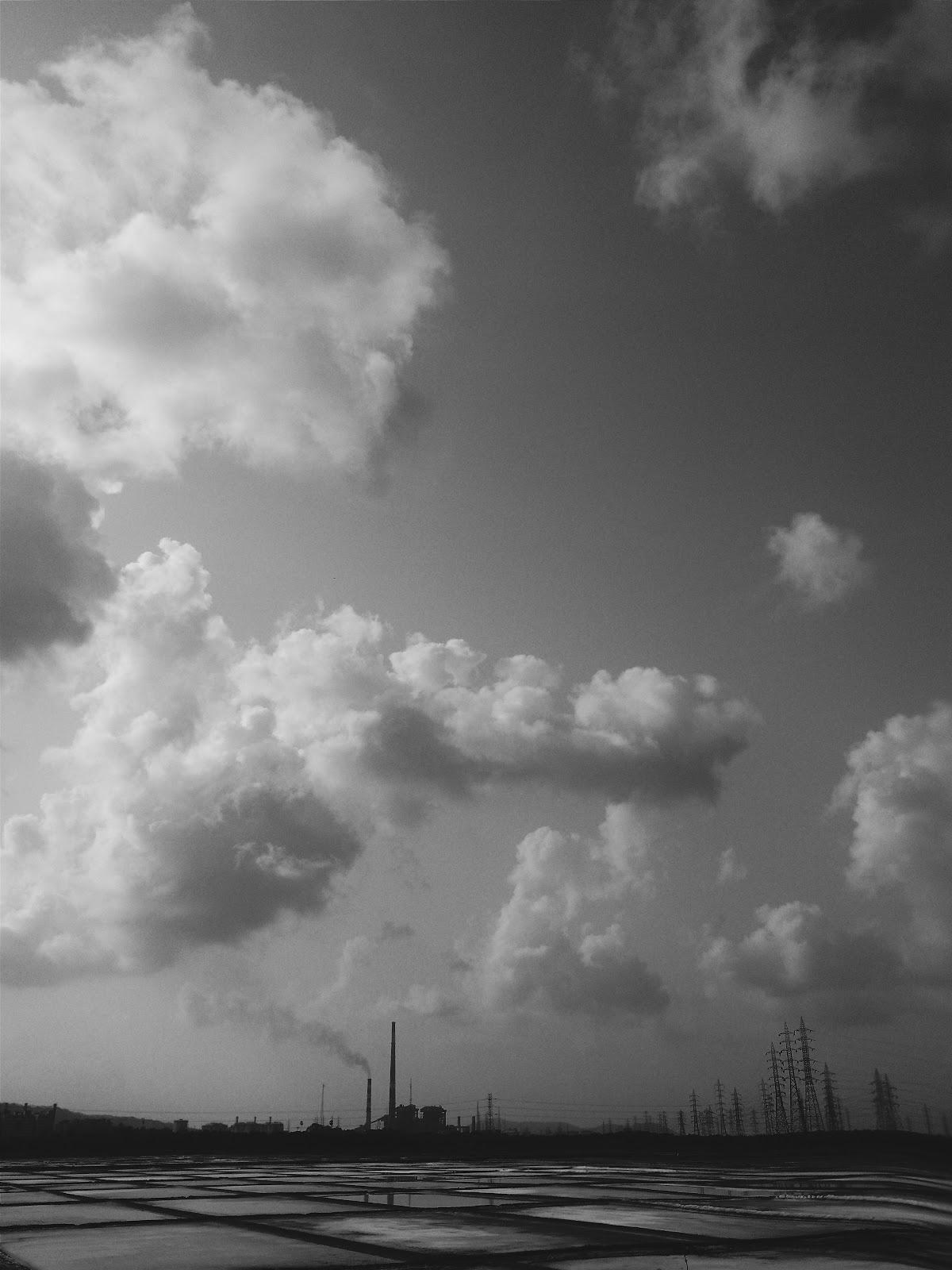
The development of Bombay’s narrative as a port city is complex and ongoing. Bombay’s golden period as a port city was through the 18th, 19th and 20th centuries. Its growth and development were directly linked to trade and global events like the opening of the Suez Canal, or the American Civil War. With the advent of the 21st century the city’s economy became more service-based. As port requirements became more sophisticated, Bombay’s existing port infrastructure became inadequate. More advanced and larger port infrastructure developed across Thane Creek in New Bombay, taking advantage of the natural harbours along the coast line. The original Bombay port area is still in use, but as it steadily loses its relevance, the redevelopment discourse has picked up. In the pipeline is a plan to redevelop 500 hectares of port land into a luxurious commercial and residential hub (HDP 2020). Meanwhile, the city’s western coast, with its tetrapods, lovers, promenades and art deco architecture continues to garner real estate attention. Under construction is the massive coastal road project that has come under public fire for inadequate research and non-compliance with environmental laws (Singh 2020).
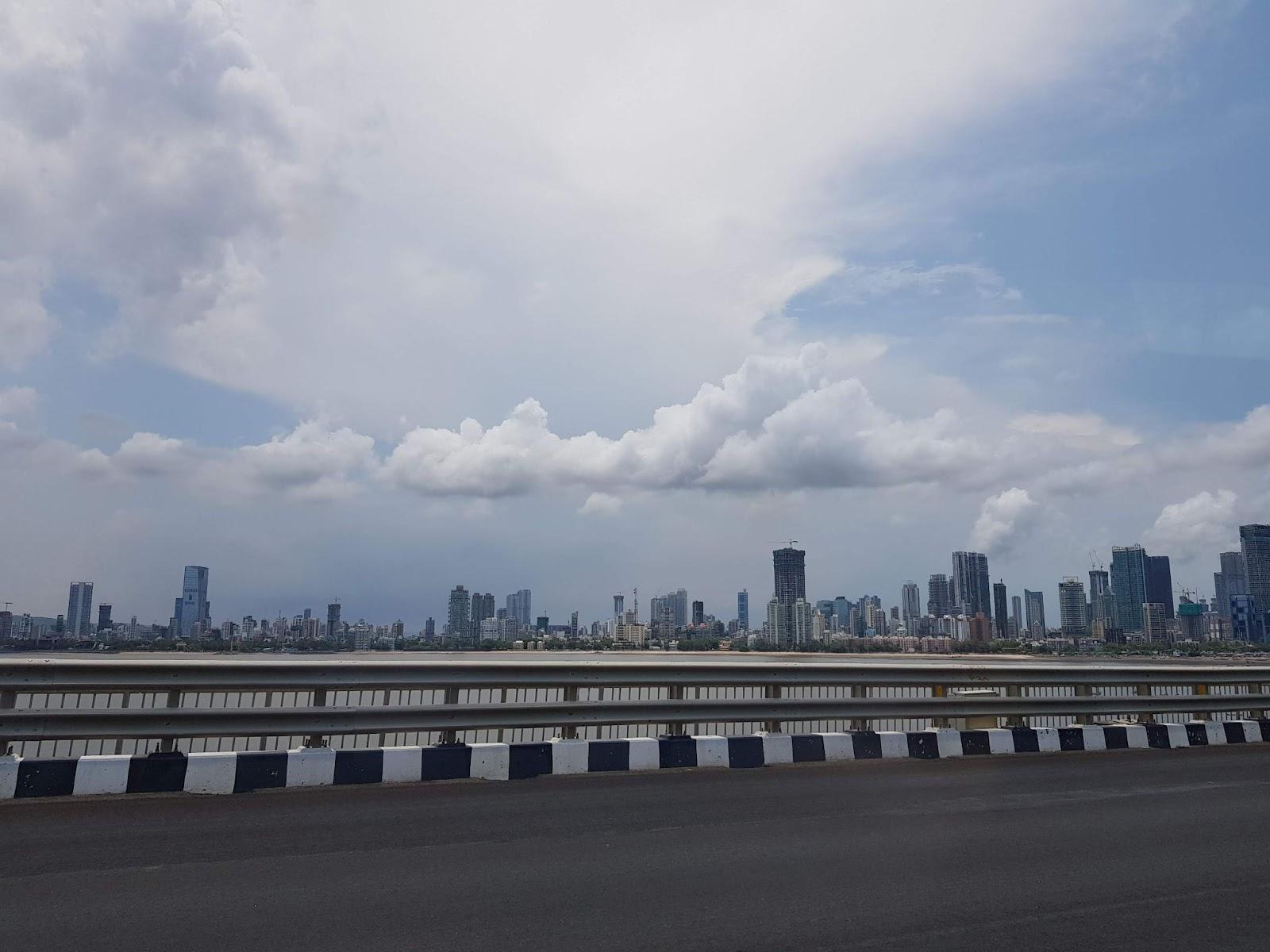
These two projects developing on the east (port side) and west (starboard side, so to speak) of the city have emerged as critical points of change. They are intrinsically linked, representing similar values. The two projects share common stakeholders with diverse values: the state government, the Brihanmumbai Municipal Corporation (BMC), the BPT, the city’s residents (both migrant workers and long-time settlers) and the fishing communities. While transparency and accountability are values that all stakeholders espouse, it is clear from current debates that each stakeholder has a different vision of what that means. While the governmental bodies are leveraging the media and painting a picture of a transformed megapolis that is attractive for investment and therefore good for the economy, the citizen groups and fishing communities feel excluded from the process. Currently, citizens are both actively trying to engage with the BMC and resorting to the judiciary to make their arguments. It is important to recognise and accept that change is essential to a port city like Bombay. However, that change needs to be mindful of the people who have built this city from the ground up. The values represented by all stakeholders are similar on the face of it, but they are operating on different planes and foregrounding micro and macro concerns. Converging on the same level and re-defining a core set of values that represent Bombay as a port city of the future is important. This will allow for a collective vision to develop that can then be mirrored in infrastructure.
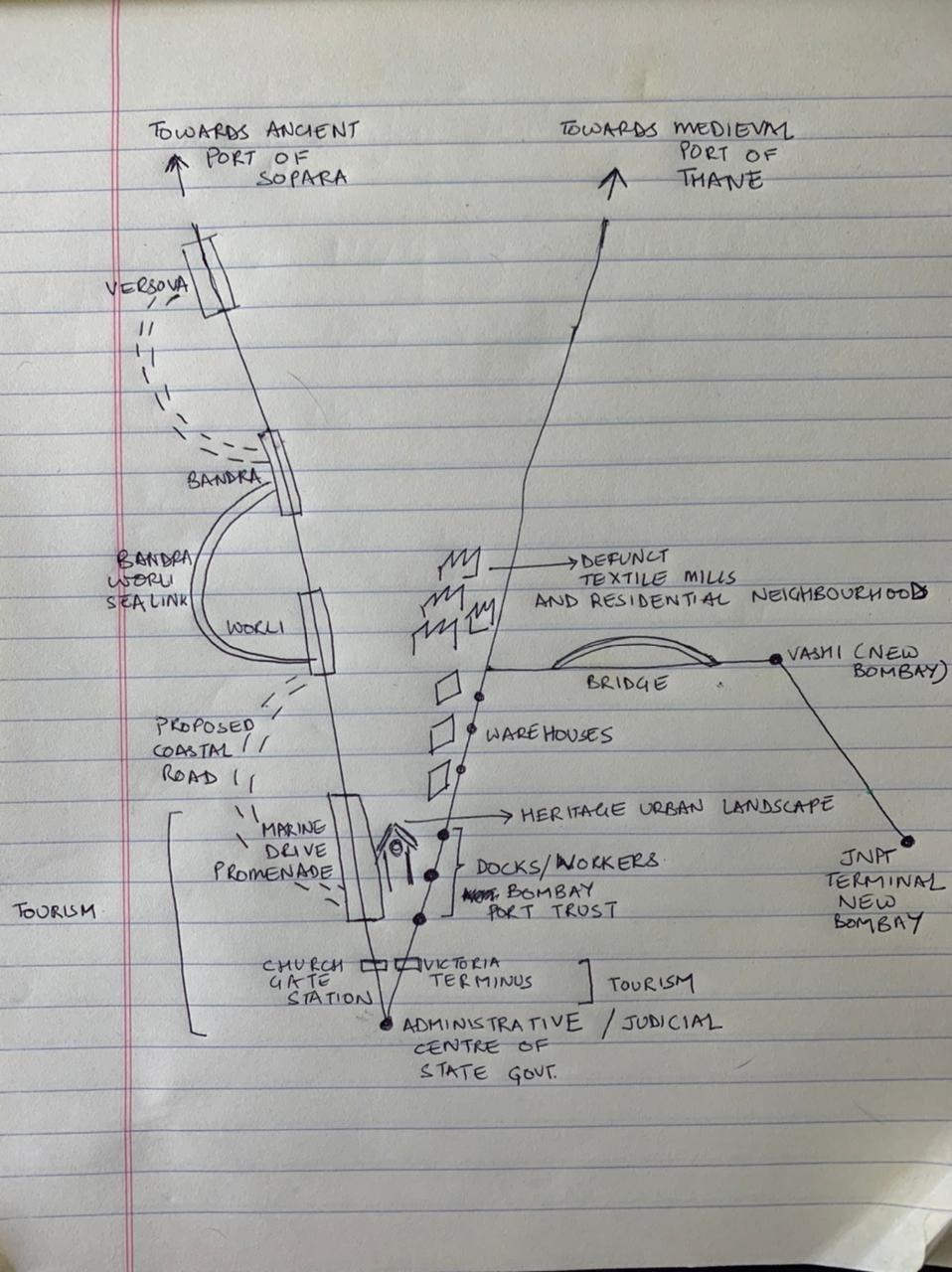
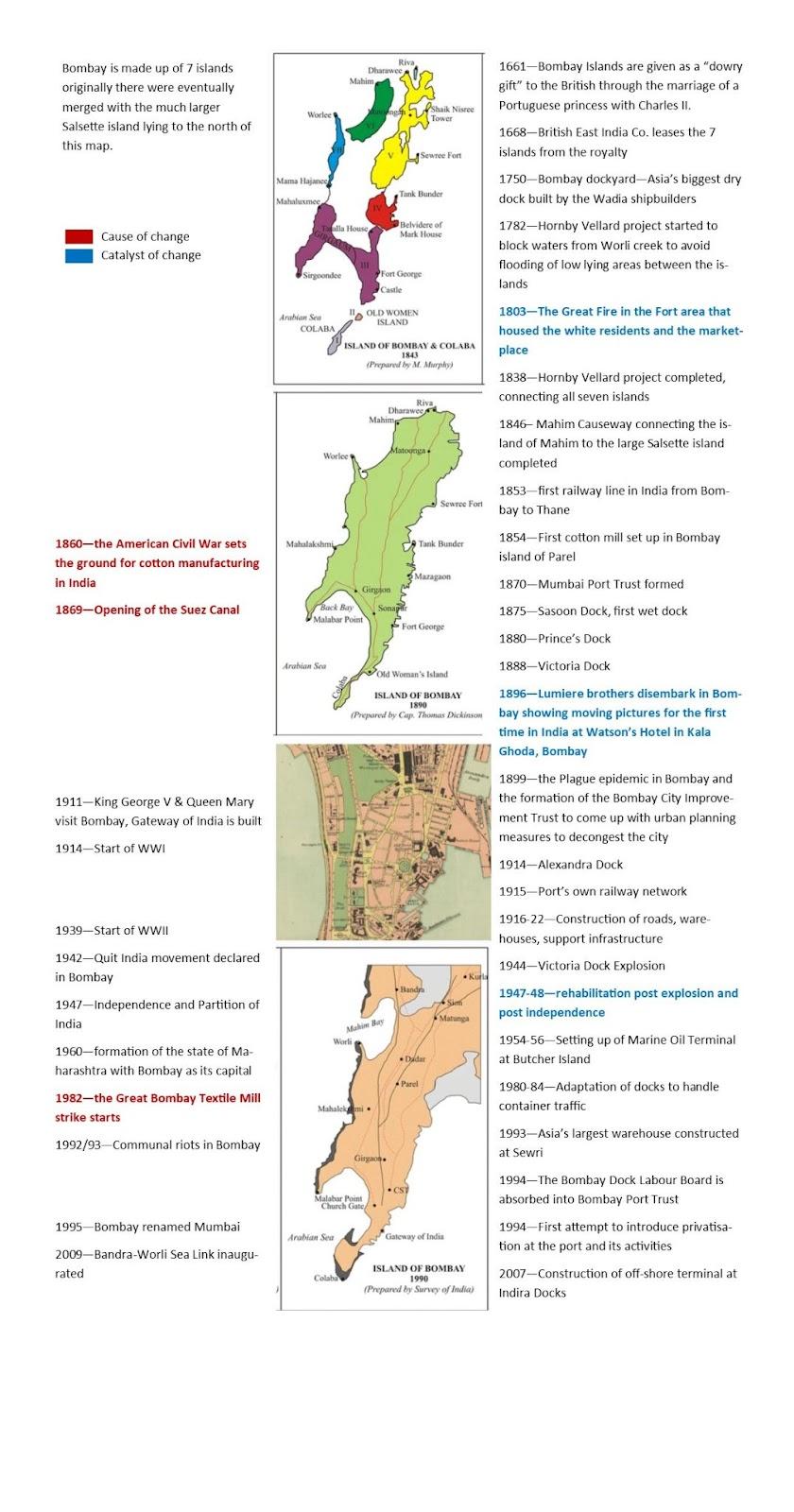
From this vision of the future, returning back to the past where the cartographic representation of Bombay was a puddle of seven oddly shaped islands, is a crucial memory that its residents must not forget. The city is built on the integral relationship between land and sea – at high tide the islands appeared more separated; at low tide the boundaries of the islands gave way to marshes and mangroves. The unique flora and fauna were indeed this ‘Island City’s’ first inhabitants. Bombay has since witnessed huge population growth as it grew into the Indian city of dreams. I too moved to this city attracted to its famed cosmopolitan mix of communities and heady lifestyle. I have witnessed the city withstanding several man-made and natural disasters. But I can also feel that the breaking point is nigh. The speed at which the city’s public infrastructure is crumbling and its liveability index is decreasing is alarming. While the city has changed shape several times over, what is required now is sustainable change – change that won’t put more pressure on its already delicate relationship with the sea and the land. And this means several things, not least of which is to remind its inhabitants of its heritage: built and natural. The identity of Bombay is undergoing transformation and while, in the future, the role of Bombay as a nodal port will reduce, the many cultures it represents and the millions of people it serves will remain.
* The blog uses the term 'Bombay' instead of 'Mumbai' to evoke the colonial port city, which since its Independence is associated with cosmopolitanism. Mumbai derives from Mumba Devi - a hindu goddess worshipped by the Koli fisherfolk, who were old residents of the Bombay islands. The city's name was changed to Mumbai in 1995 by a political party Shiv Sena that came into power in Maharashtra, in an attempt to appropriate history-making. It is not so much WHICH history should be remembered (colonial or hindu) but rather what changing names of streets, cities, public buildings, mean in a political sense in India.
Acknowledgement
The free online course (Re)Imagining Port Cities: Understanding Space, Society and Culture, runs on the EdX platform. The blog was reviewed and edited by Carola Hein and Hilde Sennema. Special thanks to Rachel Lee for additional reviewing.
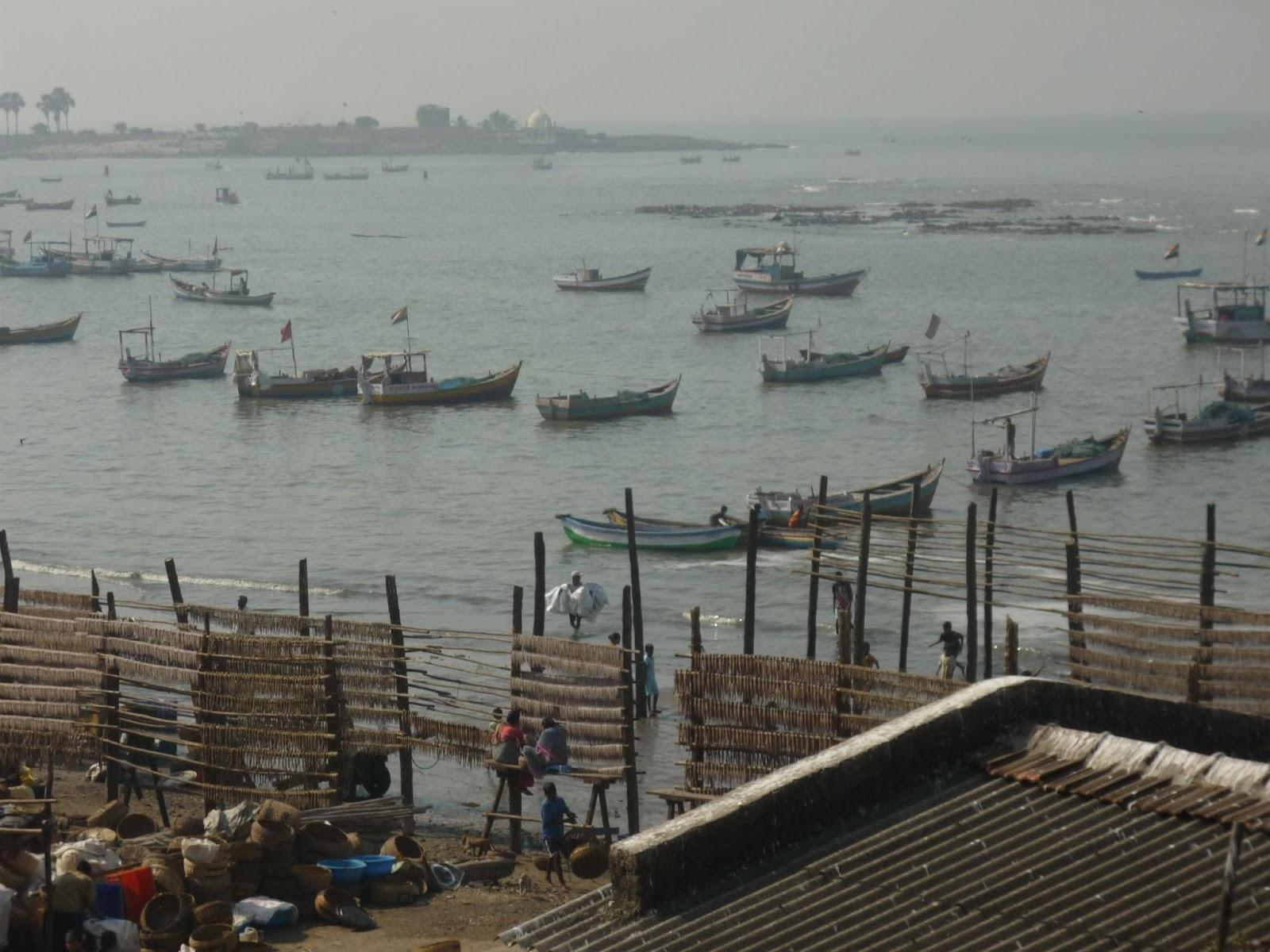
References
Shubhankita Ojha, “Dock Workers in Bombay. Role of the Nationalist Movement and Beyond”, Economic & Political Weekly, Vol. 50, Issue No. 30, 25 Jul, 2015, https://www.epw.in/journal/2015/30/web-exclusives/dock-workers-bombay.html. Accessed 1st December 2021.
HCP, “Mumbai Port Complex Master Plan”, https://hcp.co.in/urbanism/mumbai-port-complex-master-plan/, 2020. Accessed 1st December 2021.
Laxman Singh, Mumbai coastal road project: MoEF affidavit in SC in variance with activists’ stand who say project requires environmental clearance, Indian Express, September 9, 2020, https://indianexpress.com/article/cities/mumbai/mumbai-coastal-road-project-moef-affidavit-in-sc-in-variance-with-activists-stand-who-say-project-requires-environmental-clearance-6588582/ Accessed 1st Dec 2021.
Banner image: Marine Drive and the tetrapods that protect it from the sea. Rachel Lee, 2018.
